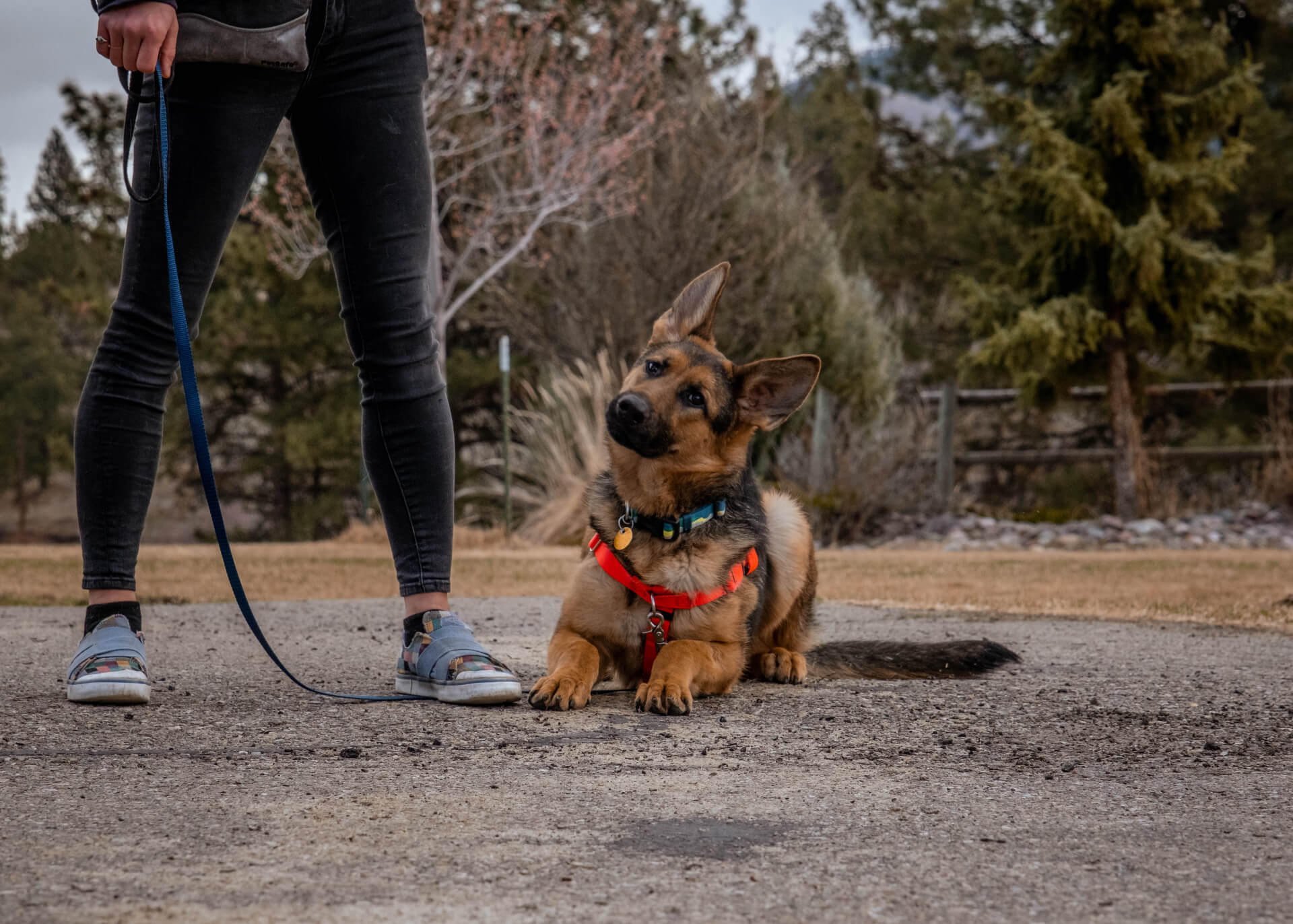
Barrier Reactivity
There are many dogs who bark and lunge on leash, behind a fence, through a window, or in the car. Oftentimes these dogs do not necessarily exhibit any aggression towards dogs or people without barriers in place, like when off-leash hiking. The presence of a barrier can alter the way a dog views the outside world and result in whining, growling, barking, and lunging. This is known as barrier reactivity.
Frustration, Protectiveness, or Fear?
Barrier reactivity, while seemingly big and scary, doesn’t necessarily mean your dog is aggressive towards other dogs or people. There can be a multitude of reasons behind the barking.
- Frustration – Your dog may LOVE interacting with dogs and people so much that they experience an increase in stress when they can’t run up and greet the entire neighborhood! Their stress and frustration can result in tantrum-like behaviors at the fence, window, or on leash.
- Protectiveness – Certain types of dogs have been bred for hundreds of years to be protective of their home and territory. These dogs may bark and lunge at strangers that walk by the window or yard, but exhibit social behaviors once out in the community. They believe they’re just doing their job!
- Fear – Some dogs are nervous of strangers or strange dogs, even if they live with a large family or other pets. They may have a genetic predisposition to be uneasy with those outside of their inner circle or have limited experience with new people and other animals. Fearful dogs may bark and lunge in the hopes of driving away the thing that makes them nervous, particularly if they feel they cannot get away and are “trapped” by the leash or vehicle.
What Can You Do?
- Remove sights that set off your dog. Dogs are less likely to react to a trigger if they cannot see it. If your dog barks at your front window at passersby, try keeping the curtains closed or use a frosted decal on the lower half of the window. Contact paper or a cornstarch slurry painted on works in a pinch, too! If your dog barks while in the car, experiment with crating your dog and draping it with an old sheet, or try a Calming Cap to reduce visuals. Providing food projects in the car like stuffed kongs or bully sticks may encourage your dog to remain in a down position too, incidentally removing sight of other dogs and people.
- Reduce unsupervised yard time. Dogs who struggle with barrier reactivity in the yard practice self-entertaining by barking at dogs or people as they pass, making the behavior stronger! By limiting the time they spend outdoors outside of their potty breaks or time spent playing with you, you can reduce the opportunities they have to practice barking and lunging.
- Keep your distance. If your dog struggles seeing dogs or people while on walks, it can be harder for them to maintain their composure if they are close to the trigger. If you see a dog or a person coming, try crossing the street, turning around, or veering far off the sidewalk or trail, then resuming the path when the distraction has passed.
- Redirect your dog’s attention. If your dog begins to react or looks as if they may react, ask your dog to perform a skill they know (like “leave it” or “come”) in a cheerful, upbeat tone and redirect your dog’s attention back to working with you. It is helpful to bring high value treats to reinforce these desirable behaviors. If on leash, quickly change direction and move farther away from the trigger until your dog is able to calm down. Keep in mind that the stress of their reaction may make it difficult for them to respond in the moment!
- Avoid punishment. Refrain from using verbal or physical corrections. Even if it seems like it stops the behavior in the moment, this can increase your dog’s stress around people or dogs in the long run. Studies have shown that using punishment can increase anxiety, reactivity, and aggression overtime. If your dog is reacting towards a trigger, it is most effective to move them away from the situation.
- Train! Take the time to teach your dog impulse control and basic manners utilizing positive reinforcement training. Whenever your dog performs a behavior that you like (ex. sitting, looking at you, walking with a loose leash, etc.), be ready to reward your dog with a treat. With practice, your dog will be able to redirect themselves away from barking and lunging, and instead perform these rewarded behaviors.
